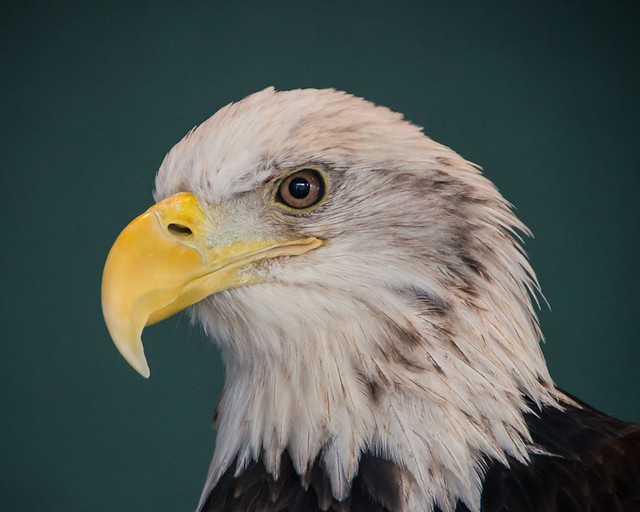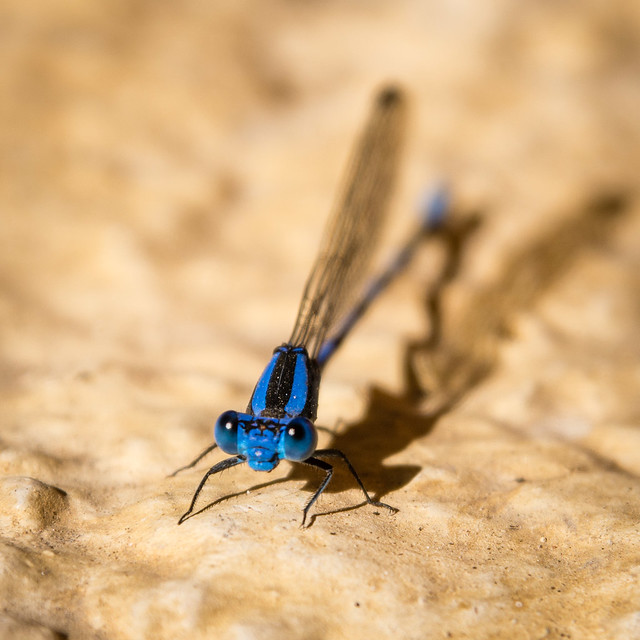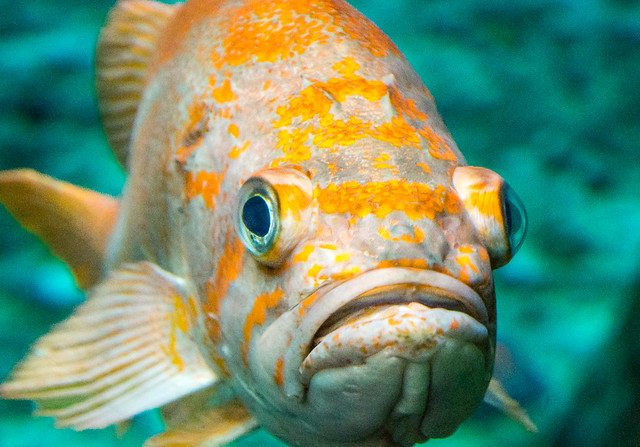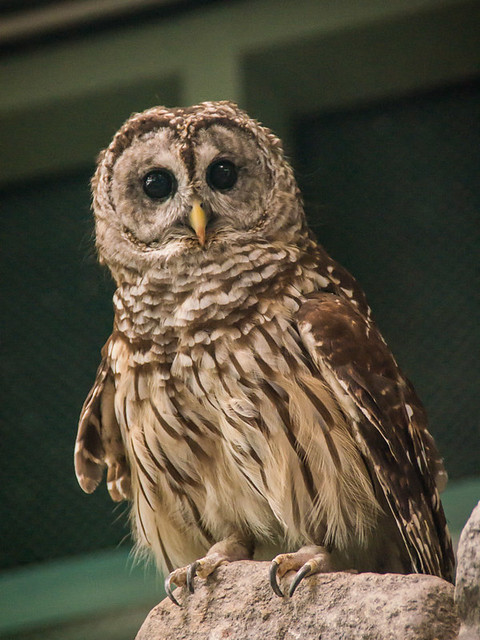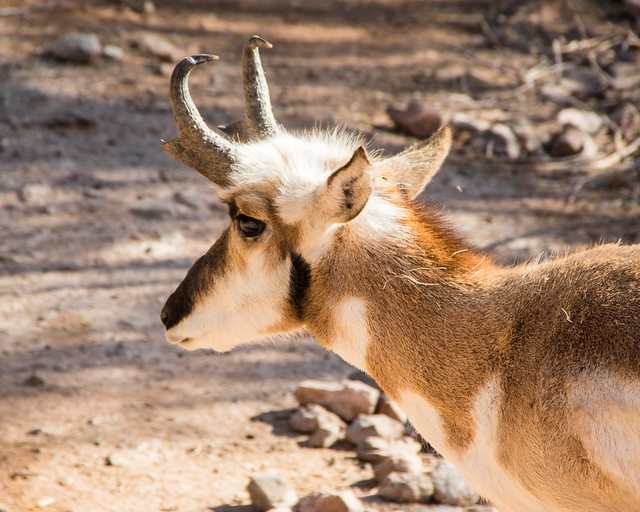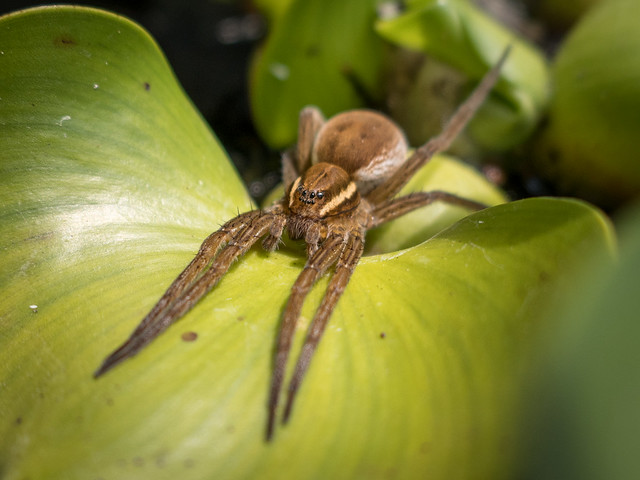Thursday, 11 October 2018
See The World Through My Eyes
Spiders with 8 eyes, eagles that can focus on two objects simultaneously – no two animals see the same thing. Here are just a few examples.
Bald Eagles
Talk about eyes in the back of your head! Eagles can focus on objects in front and beside them at the same time thanks to having two centres of focus. Their eyes are four times as sharp as human eyes. From a fixed position at 1,000 feet above the ground, they can spot prey in an area just under 8 km squared. An inner eyelid, called a nictitating membrane, slides across their eye every few seconds to wipe away dust or dirt.
Butterflies & Moths
Some butterflies and moths have colourful patches on their wings that resemble eyes. Scientists speculate that they are used to frighten or distract potential predators. Owl butterfly have a bad reputation for getting drunk on fermented fruit.
Crabs
Fiddler crabs have almost-perfect all-round vision but, because their eyes don’t move, they use different parts of their eyes in different ways. Their sharpest vision is immediately in front of them and is used to identify and communicate with potential mates. Their overhead vision is limited to perceiving light and dark but is more than adequate for recognizing a seagull swooping down from the sky.
Damselflies & Dragonflies
Huge eyes take up most of the space on dragonflies’ and damselflies’ heads. By piecing together images from their 20-30,000 individual lenses, they can see what’s happening all around them, essential for locating and capturing prey while hovering in mid-air. They also have 3 simple eyes on their forehead that can detect light intensity.
Fish
Fish can’t close their eyes as they don’t have eyelids. Some have transparent nictitating membranes they can pull down to protect their eyes, while others have light-activated pigments in their eyes that turn darker when exposed to a bright light.
Frogs & Toads
Now this is amazing! Have you noticed that frogs and toads shut their eyes when eating? Their eyes actually move backwards, helping the tongue to push food down their throat.
Owls
Owls’ eyes are shaped like tubes rather than spheres and are fixed in place, but they can turn their necks up to 135 degrees in either direction. A large retina and an abundance of rods ensure that owls can take advantage of whatever light is available at night. The rod cells are connected differently than human rod cells so they’re able to pick up edges, movement, and silhouettes in dim light.
Pronghorn
Pronghorn have large eyes (36 mm in diameter) near the back of their head. They can spot movement up to 6.5 km away and can view objects within a 300-degree arc without moving their head or eyes.
Spiders
Most spiders have 8 eyes, but they’re not always arranged in the same way. For example, fishing spiders have 2 rows of 4 eyes, while wolf spiders have 3 rows of eyes (4-2-2). “Daylight hunting spiders use their two pairs of ‘side’ eyes to detect the motion of their prey. The spider then uses the two most central eyes to focus on their prey. The pair of eyes next to these are used for depth perception. When the target is close enough, these eyes let the spider know when to strike.”
